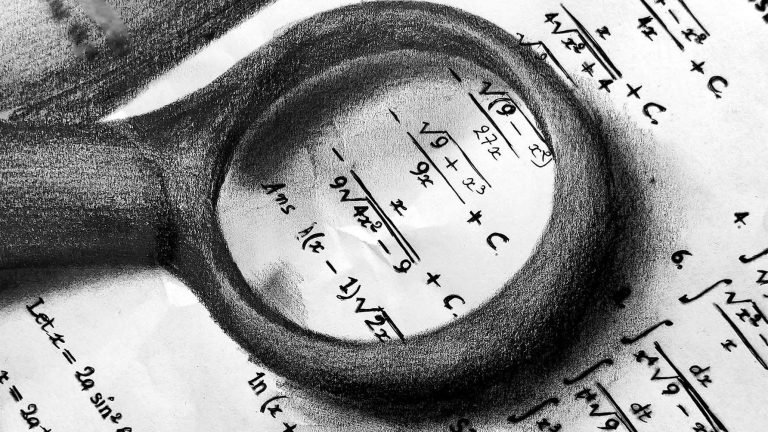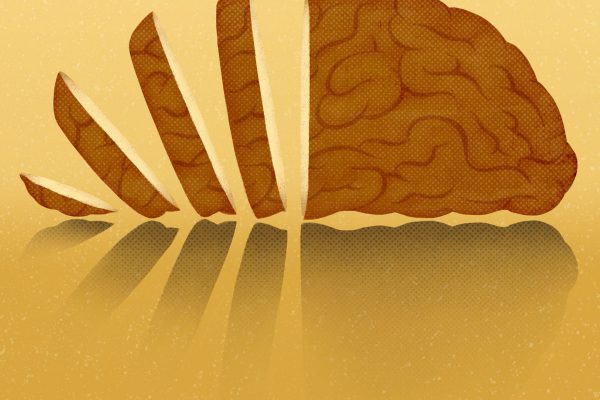Liars use math to trick people all the time. Knowing how to spot the potential for deception is half the battle.
In The Math of Life and Death, mathematician Kit Yates demonstrates how math underpins everything from medical screening to newspaper articles. In articles and advertisements, for example, statistics might be used to inform or mislead readers. How can we tell the difference?
Context is important because numbers are so easy to spin behind the scenes. Statistics can be cherry-picked to present a particular angle of a story or product. Reading up on a study can help you understand if the research is reliable.
When you’re assessing a study, one thing to watch for is sample size. Small sample sizes are generally less reliable than larger ones. Ads in particular often describe research findings in percentages rather than ratios to hide embarrassingly small sample sizes.
For more insights into how numbers and formulas shape the modern world, check out our Instaread on The Math of Life and Death.







